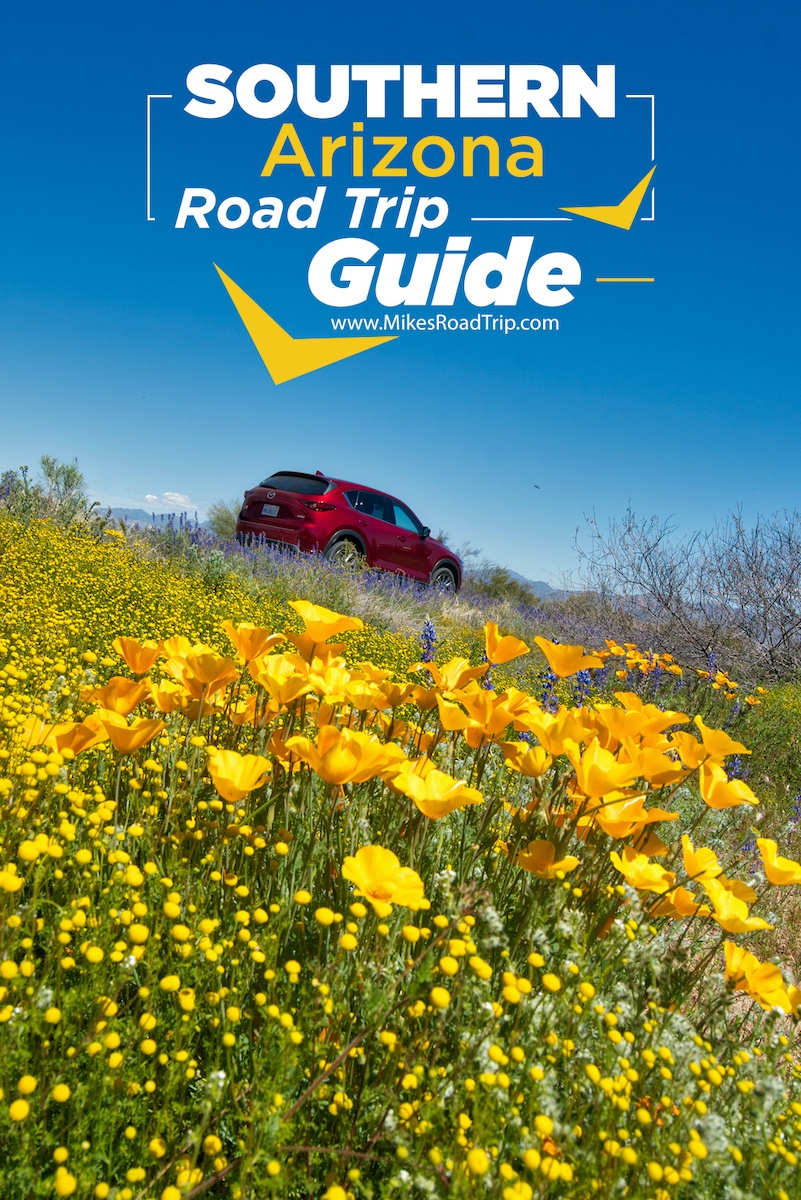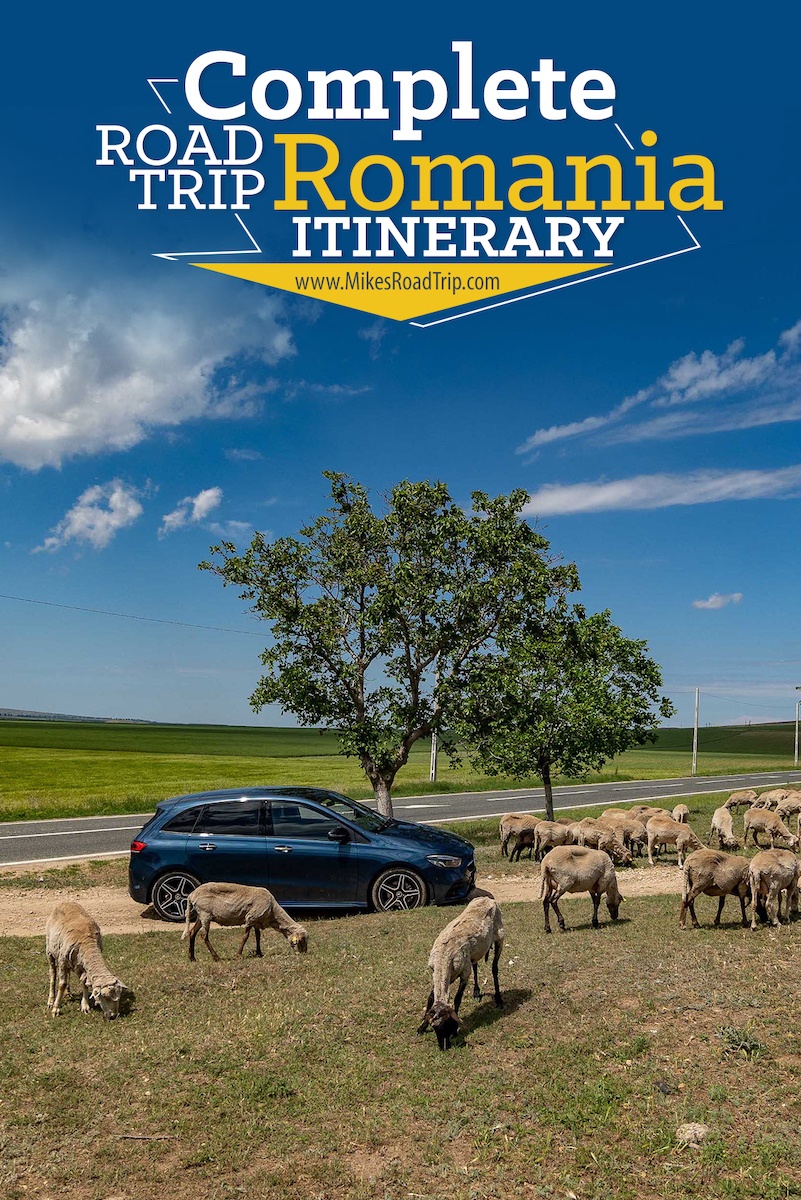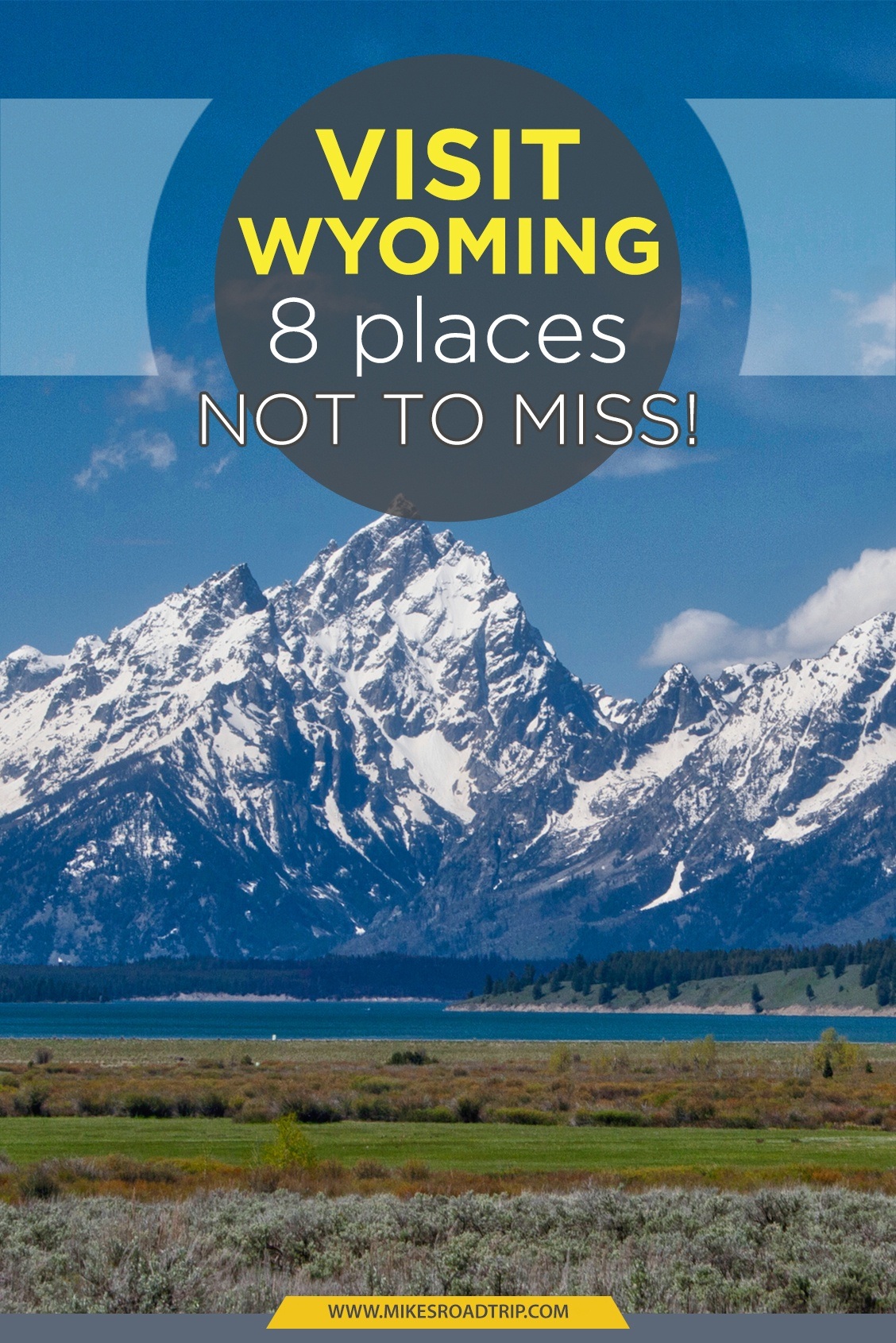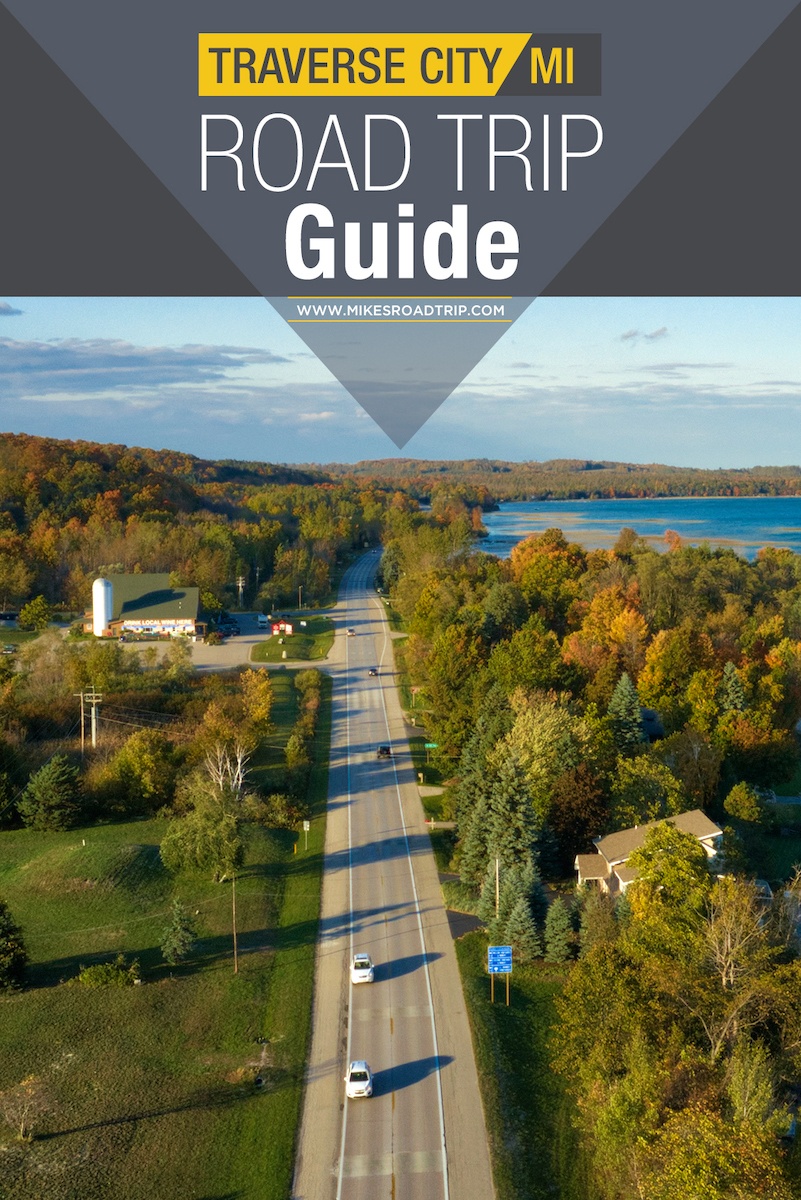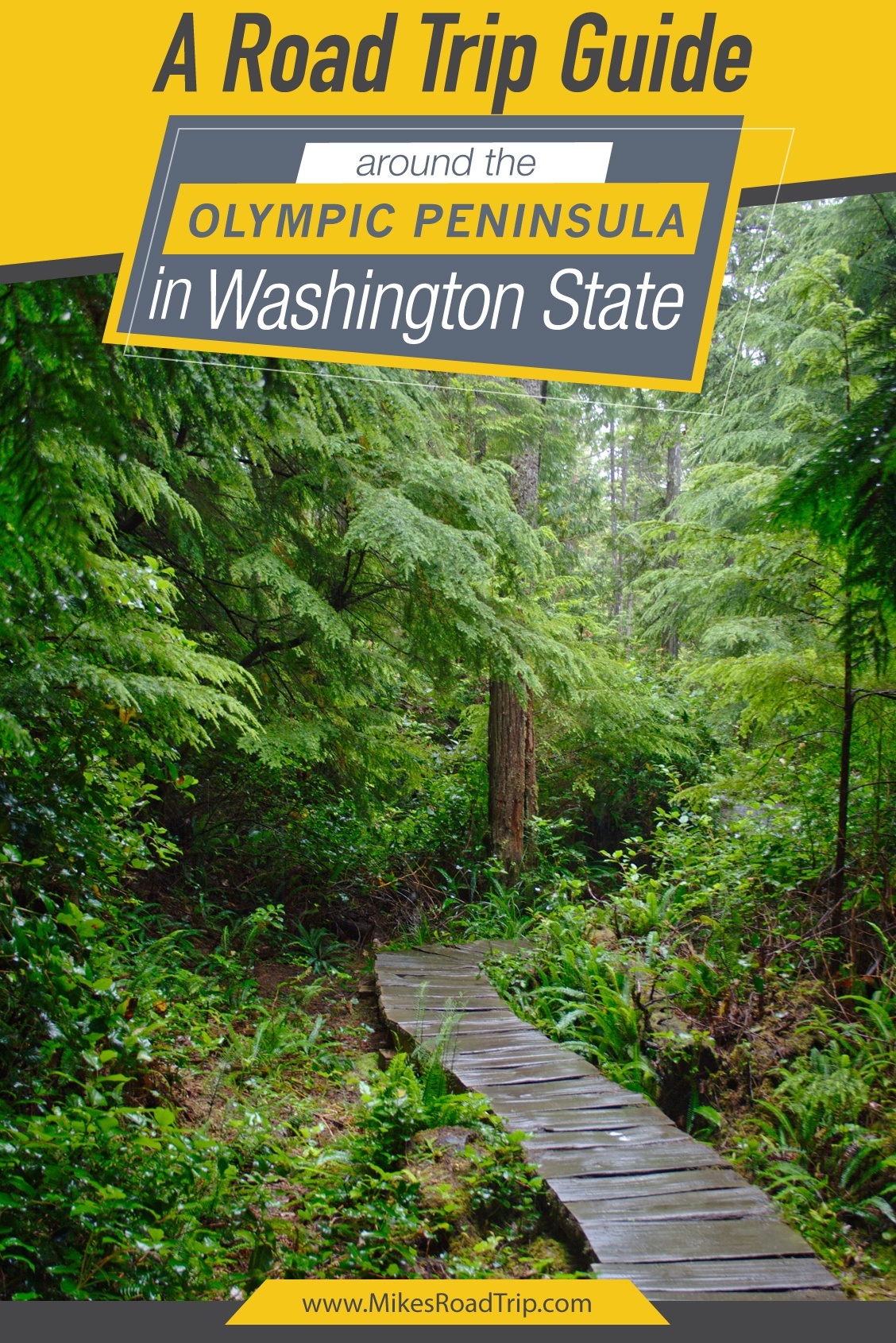10 tips for Planning a Winter Road Trip
A winter road trip can be a magical experience, but they also come with their own set of challenges. From snowy and icy roads to potential breakdowns and delays, it’s important to plan ahead to ensure a safe and enjoyable trip. To help you prepare, we’ve compiled a list of 10 tips for planning a snowy winter road trip. From selecting the right vehicle to packing emergency supplies, these tips will help you navigate the winter roads with confidence and ease. So, whether you’re planning a weekend getaway or a cross-country adventure, these tips will help you make the most of your winter road trip.

Check the Weather Forecast
Check the weather forecast before leaving and plan your route accordingly. Taking a winter road trip can be a fun and exciting experience, but it also requires careful planning and preparation to ensure a safe and successful journey. One of the first things you should do before setting out is to check the weather forecast for your destination and along the route you will be taking. This will give you an idea of what kind of conditions you can expect, such as snow, ice, or sleet, and allow you to plan accordingly.
It is important to have a backup plan in case the weather takes a turn for the worse. Consider alternative routes that may be safer or less affected by the weather, and make sure you have a way to stay informed of any updates or changes. You can check online weather websites, listen to local radio or download weather apps to stay updated.
Winter Road Trip Maintenance
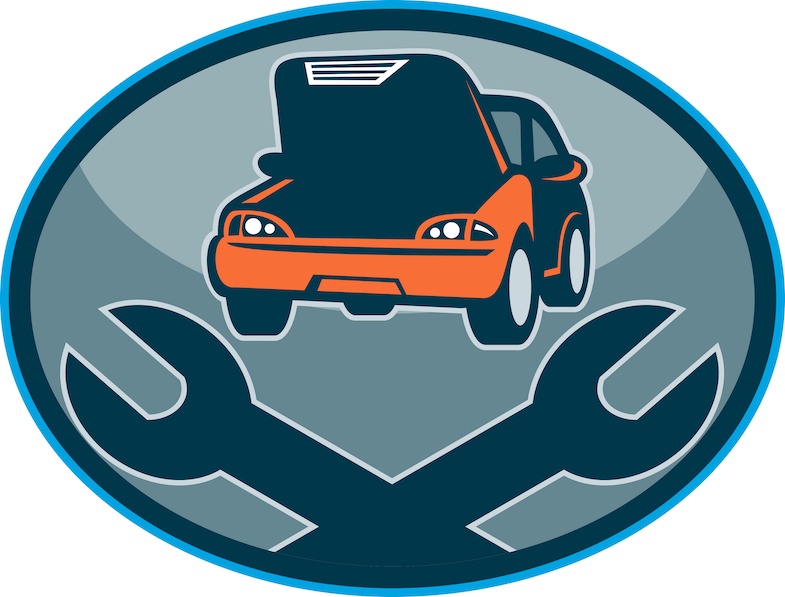
Make sure your vehicle is equipped for winter driving, with good condition tires, windshield wipers, and try and keep a near full tank of gas. Another important step in planning a safe snowy winter road trip is to make sure your vehicle is in good condition and equipped for the conditions you will be facing. This includes having the right tires, such as winter tires or all-season tires with good tread, to provide better traction on slippery roads. It’s also a good idea to have Also, make sure your windshield wipers are in good working condition to clear away snow and ice, and that you have a full tank of gas to avoid running out in case of unexpected detours or delays.
Check your vehicle’s oil and fluid levels, brakes, headlights, and all other important components to make sure they are in good working order. It is always better to take your car to a mechanic to check the overall condition of your vehicle before going on a long trip.
Choose the Right Vehicle
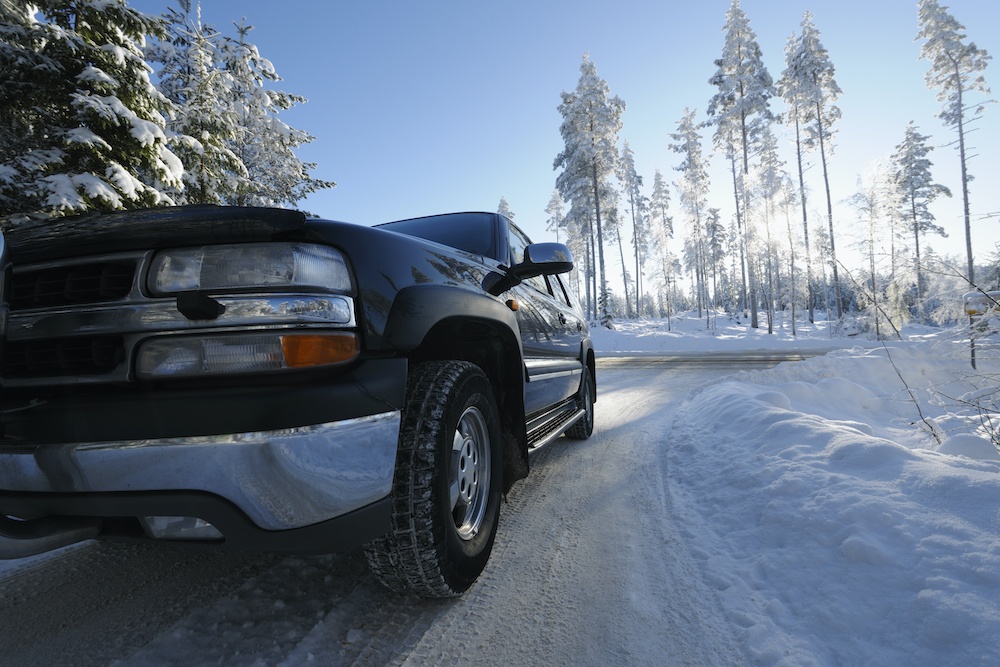
It’s important to consider the type of vehicle that will be best suited for a winter road trip. Four-wheel drive or all-wheel drive vehicles are recommended for snowy and icy conditions, as they provide better traction and stability. Additionally, vehicles with high ground clearance can help navigate through deep snow. At the minimum, a front wheel drive vehicle is much better for winter driving than a rear wheel.
Check your Tires before your Road Trip
Tires play a crucial role in maintaining traction and stability on snowy and icy roads. Make sure your tires have enough tread and are properly inflated. Consider installing winter tires, which are specifically designed for cold weather and provide better traction on snow and ice. Be sure to have a set of chains or other traction devices just in case.
Pack a Winter Emergency Kit
It’s always a good idea to be prepared for the unexpected. Pack a kit that includes items such as blankets, extra clothes, a flashlight, a first-aid kit, and a shovel. It’s also a good idea to include a bag of sand or kitty litter, which can be used to provide traction in case of a slide. A winter emergency kit should also include food/snacks, water, lighter and a shovel for starters. Also, bring a basic tool kit, a charged mobile phone and a portable charger.
Plan Your Route in Advance

Before hitting the road, plan out your route and check for road closures or delays. Avoid routes with steep inclines or sharp turns, as they can be more difficult to navigate in snowy and icy conditions. It’s also a good idea to check the weather forecast and plan to avoid areas that are expecting heavy snowfall.
Allow Extra Time for Winter Road Trips
Allow extra time for travel and drive at a slower speed to account for slippery conditions. When driving in snowy or icy conditions, it is important to allow extra time for travel and to drive at a slower speed. This will give you more time to react to any unexpected situations, such as sudden stops or turns, and will help you maintain better control of your vehicle. Also, NEVER use your cruise control in snowy/icy conditions. Keep in mind that braking distances are longer on slippery roads, so make sure you leave a safe distance between your vehicle and the one in front of you. Remember that the posted speed limits are for ideal conditions and should be adjusted according to the weather conditions.
Keep a Safe Distance
Keep a safe distance from other vehicles to allow for sudden stops. In snowy or icy conditions, it is important to keep a safe distance from other vehicles, particularly when following a truck or bus. These vehicles can kick up a spray of snow and ice, which can make it difficult to see and reduce your visibility. By keeping a safe distance, you will have more time to react if the vehicle in front of you makes a sudden stop or swerve. This can help you avoid a collision and keep you and your passengers safe.
Use your Headlights

It’s important to use your headlights while driving in snowy and icy conditions, even during the day. This will make it easier for other drivers to see you and will help you see the road better.
Avoid Sudden Movements on a Winter Road Trip
Sudden movements, such as braking or turning, can cause your vehicle to lose control on snowy and icy roads. Make sure to brake gently and avoid sudden turns, which can cause your vehicle to slide. I mentioned it before, but it’s worth saying again, DO NOT use your cruise control in snowy/icy conditions, the shifting of the transmission and spin you out of control.
Full Tank of Gas

It’s important to keep your gas tank full during a winter road trip, as you never know when you might get stuck in traffic or need to take an alternate route. Running out of gas in the middle of a snowstorm can be very dangerous. Stop often for fuel, never getting below half a tank.
Be Prepared for a Breakdown

Breakdowns are more likely to occur in snowy and icy conditions. Make sure you have a phone charger, a spare tire, and a jack in your vehicle in case of a breakdown. It’s also a good idea to have a membership to a roadside assistance service such as AAA, in case of emergency.
Conclusion

A winter road trip can be a magical experience but it’s important to be prepared for the challenges that come with it. By following these tips, you can ensure a safe and enjoyable adventure, regardless of the weather conditions. Remember to choose the right vehicle, check your tires, pack an emergency kit, plan your route, allow extra time, slow down, use your headlights, avoid sudden movements, keep your gas tank full, and be prepared for breakdowns. Stay safe and enjoy the journey! If you have any questions about doing a winter road trip, leave a comment below. So, until next time, we’ll see ya on the road…





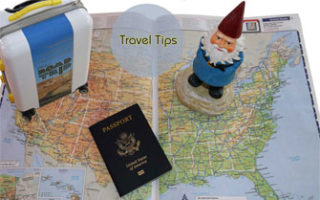



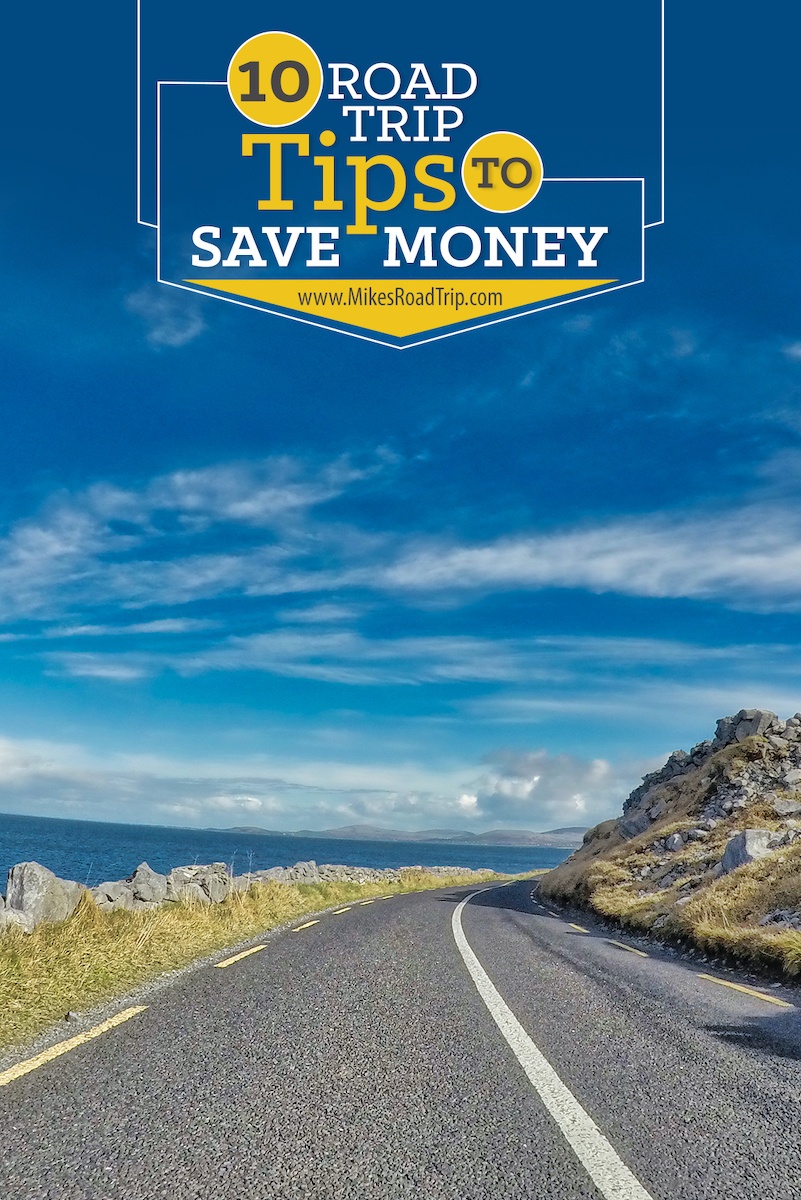
![Top-5 Best Places to visit in Belgium beyond Brussels [video included]](https://mikesroadtrip.com/wp-content/uploads/2020/07/Pin-6b.jpg)
![Top-10 Most Interesting Facts about Arizona [Video Included]](https://mikesroadtrip.com/wp-content/uploads/2020/07/Pin-2.jpg)

